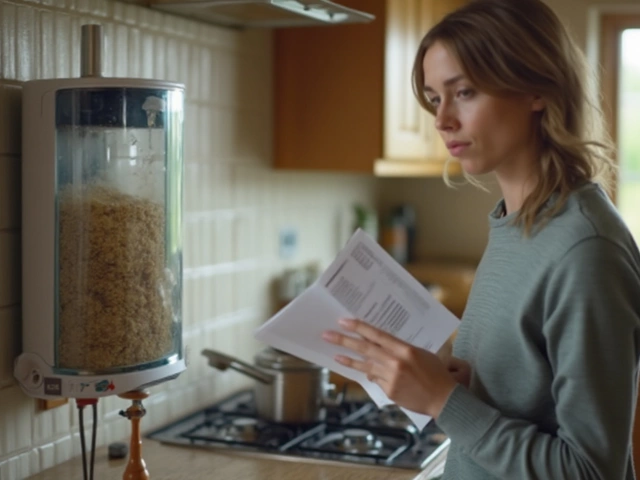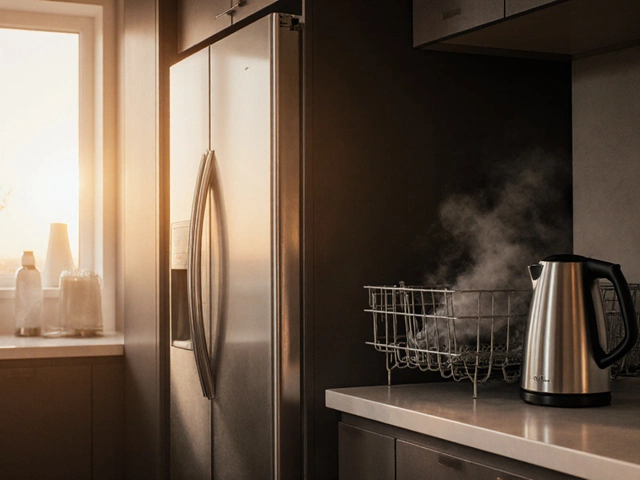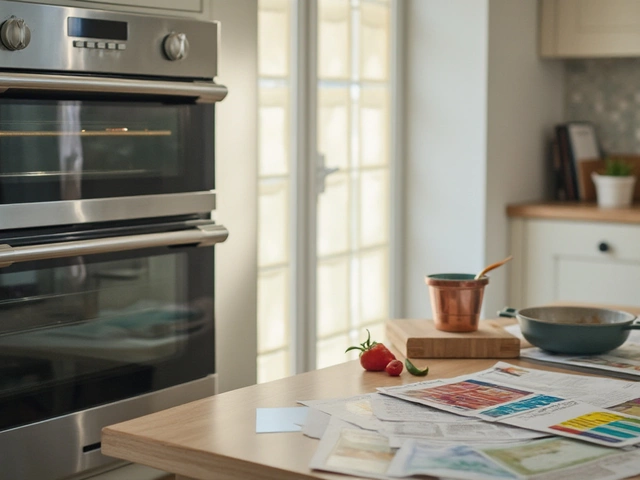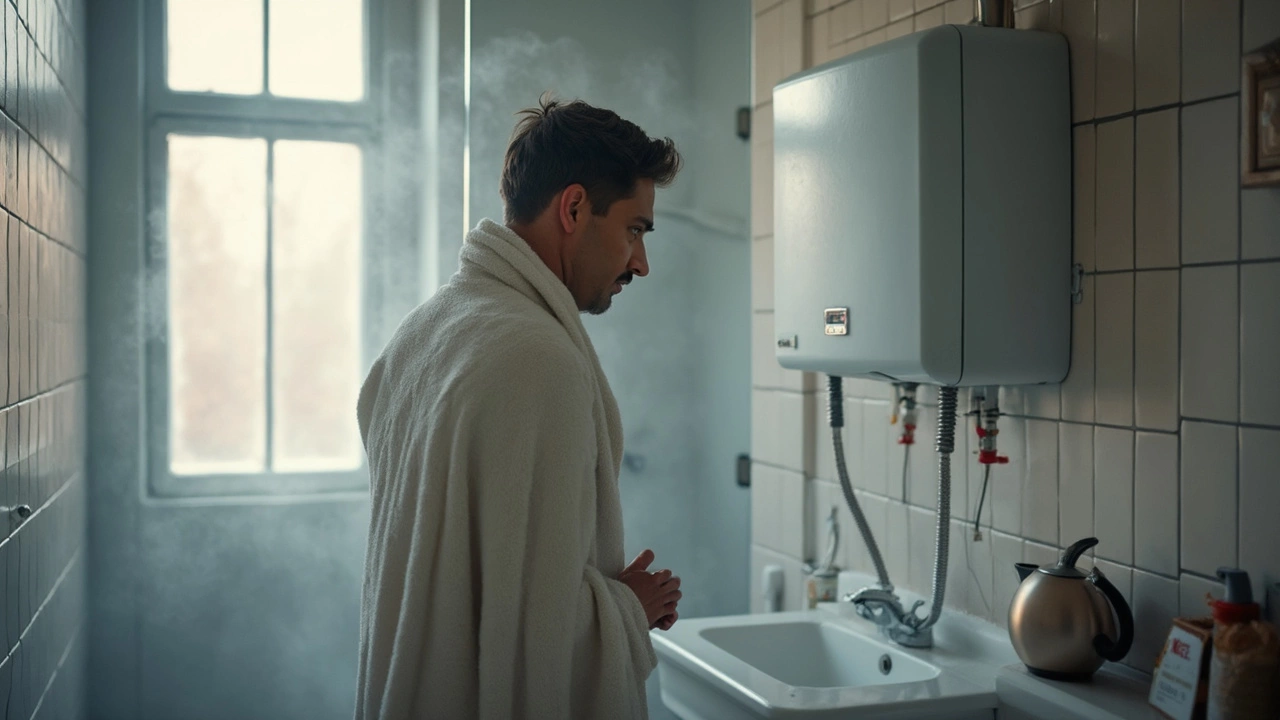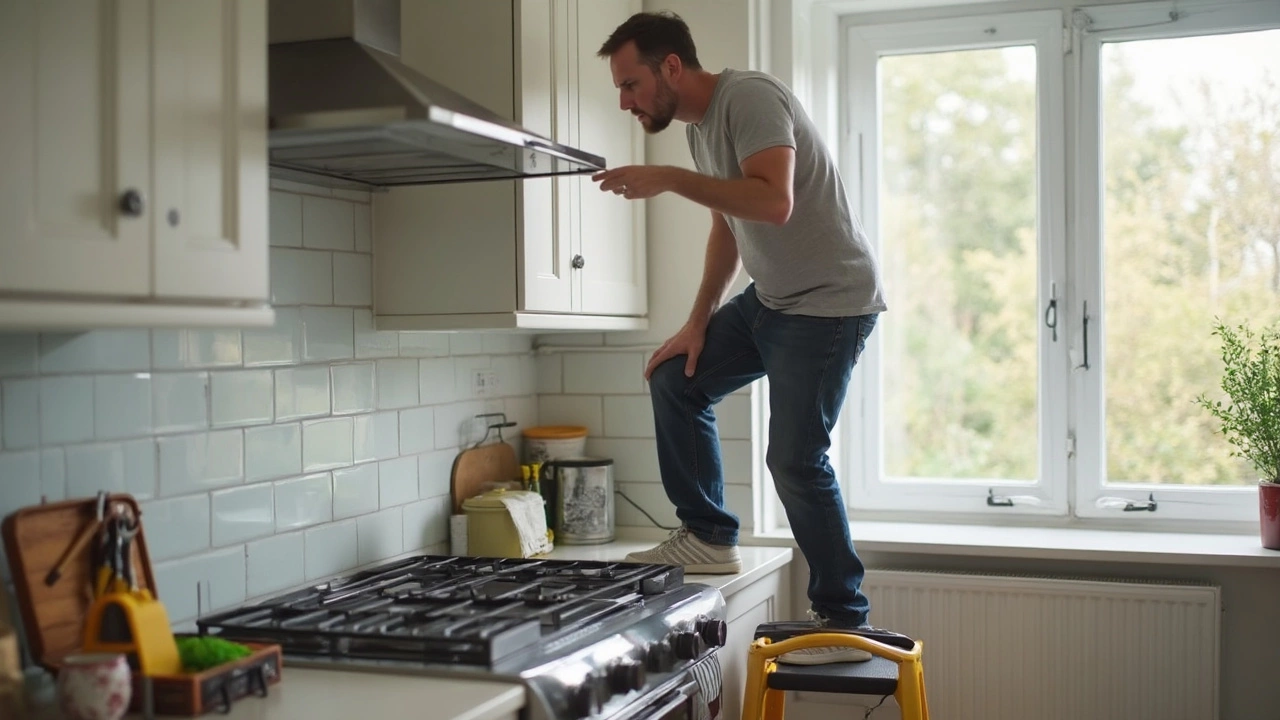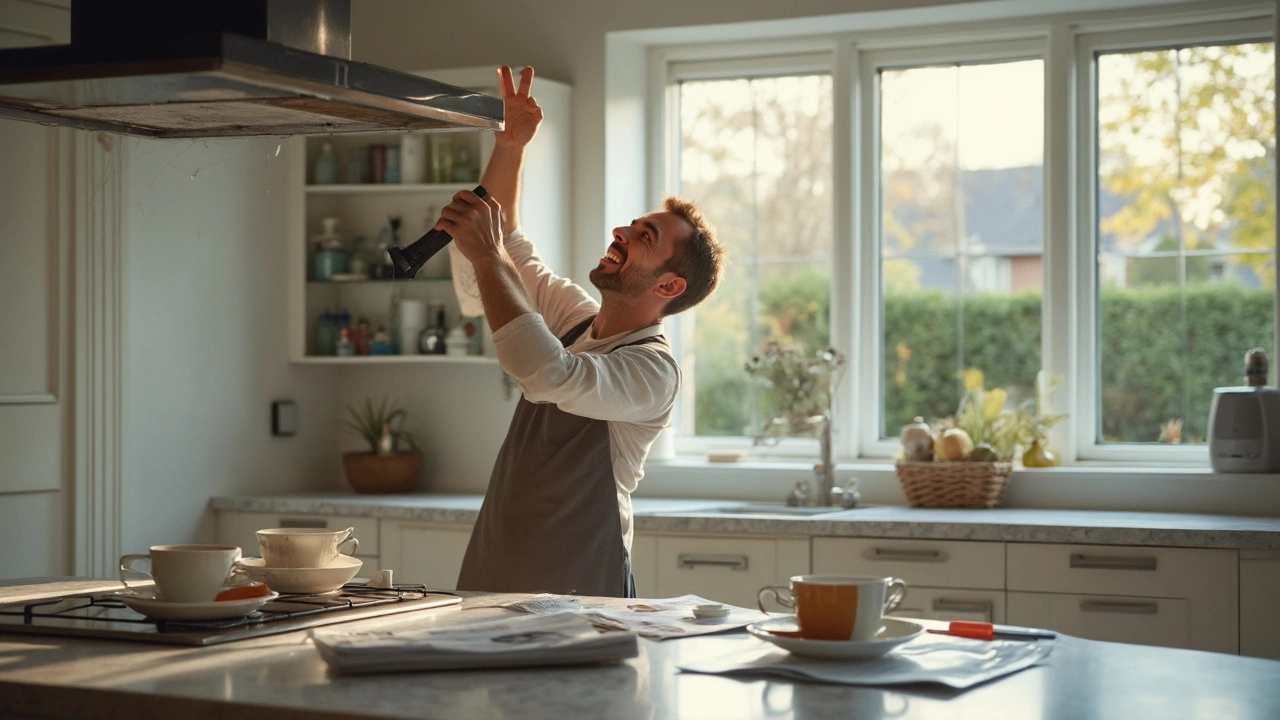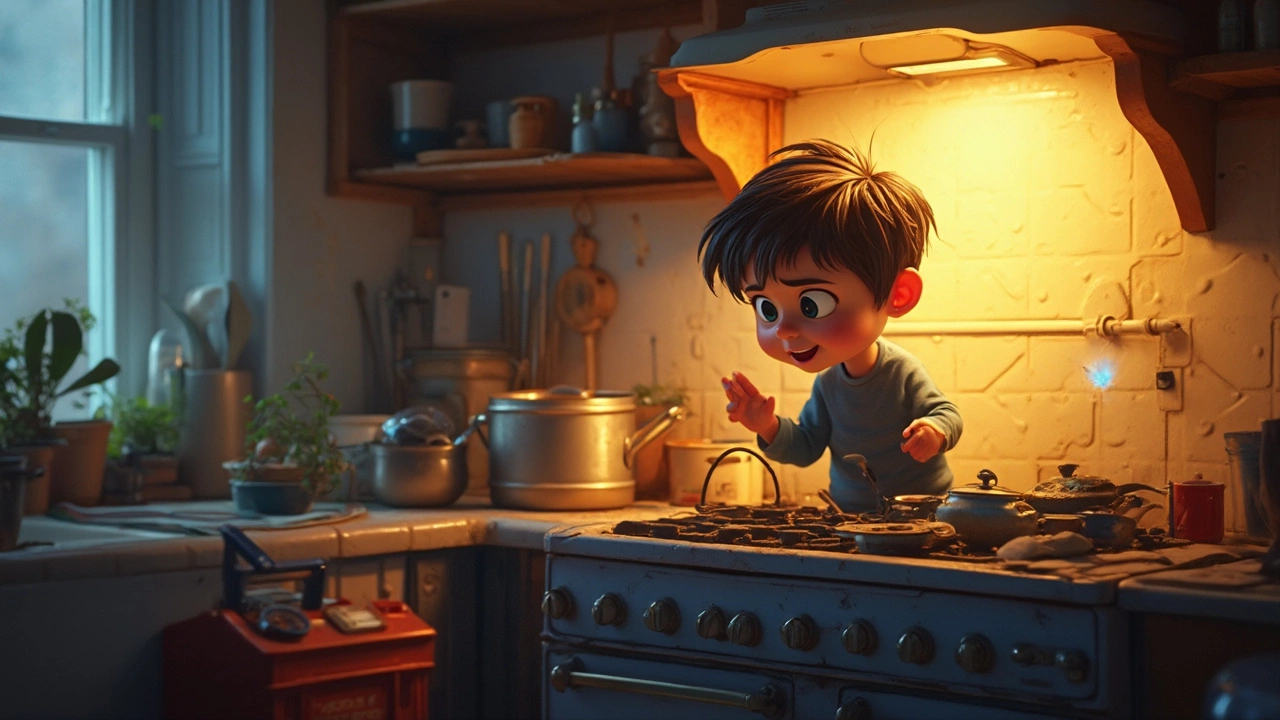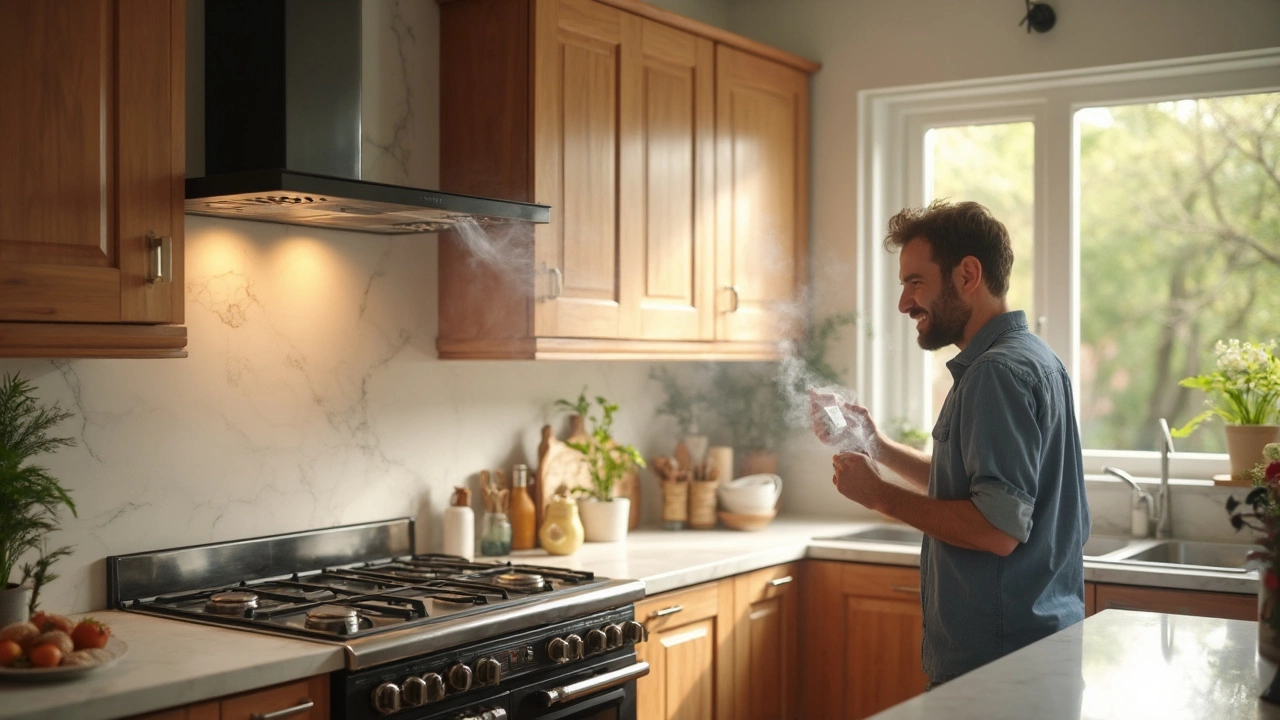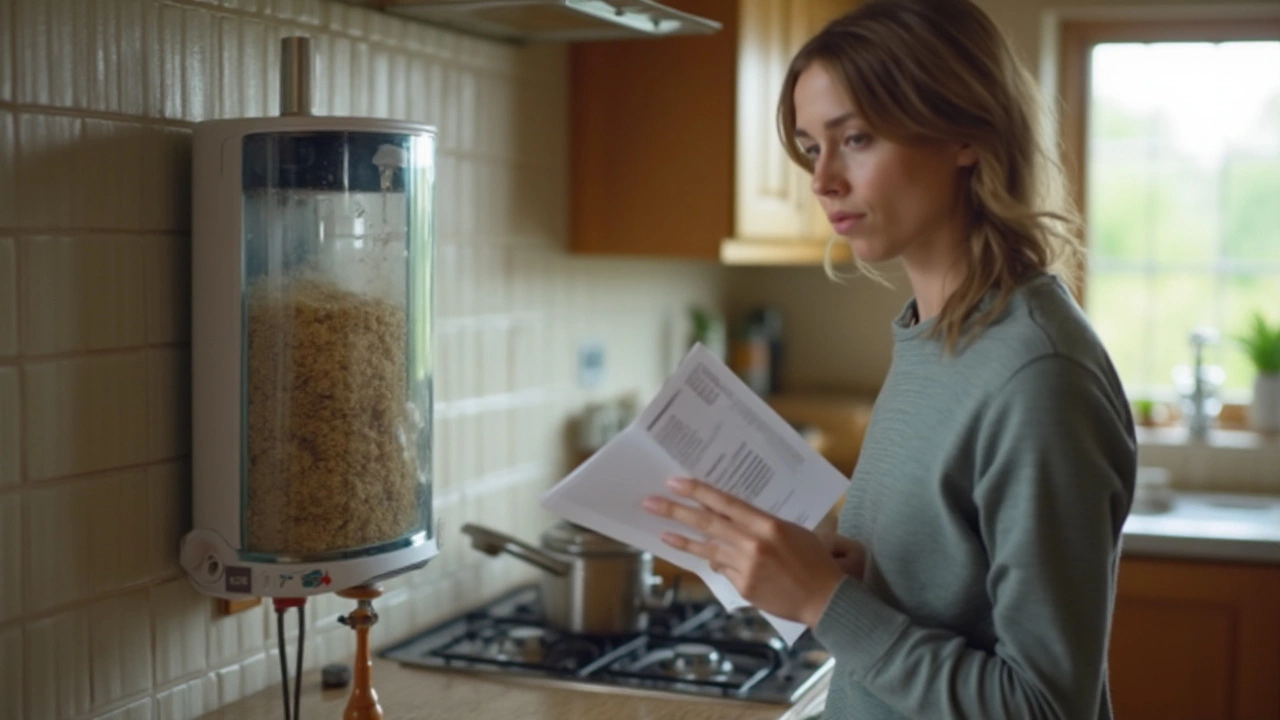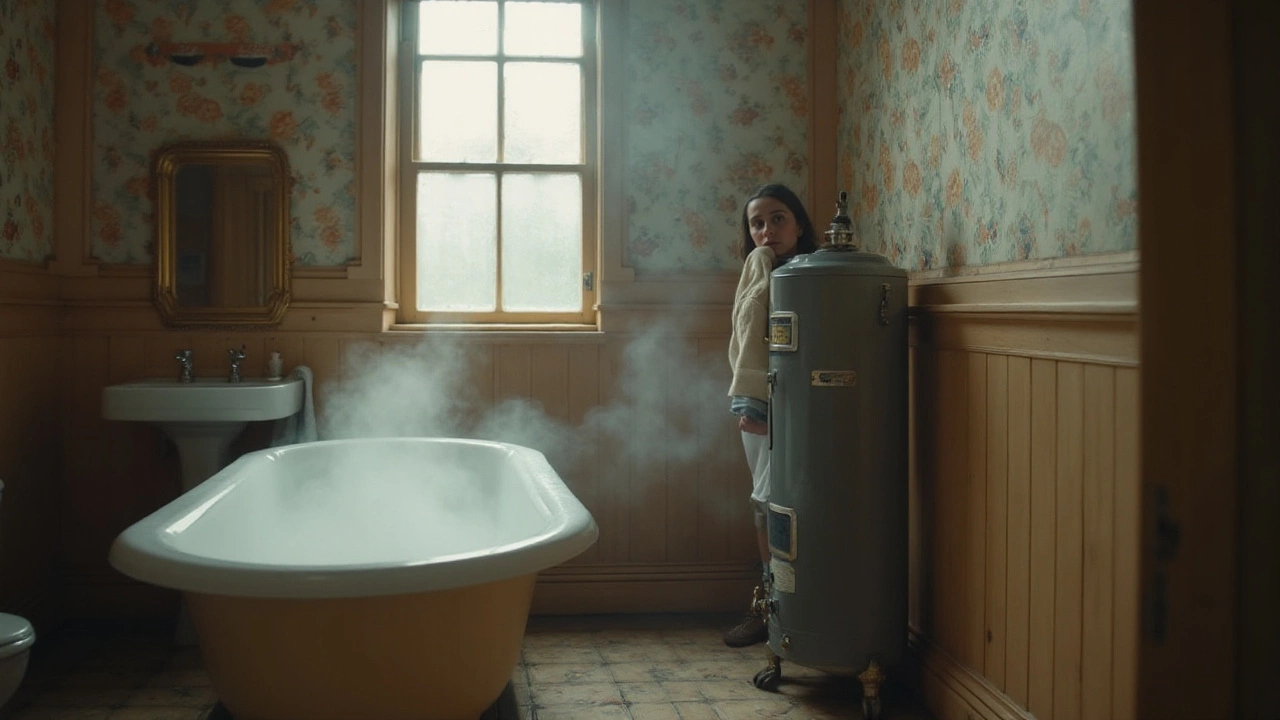Appliance Troubleshooting Tips You Can Use Today
If an appliance stops working you probably wonder where to start. The good news is most faults have simple clues that point straight to the fix. Below you’ll find the most common signs, a step‑by‑step checklist and quick tips for ovens, boilers, extractors, heat pumps, fridges and other household gear.
Spot the Warning Signs Before You Call a Pro
Every appliance gives you a hint when something’s off. A humming oven that won’t heat, a boiler that sputters, or a freezer that stays warm are all early alerts. Look for odd noises, stray smells, error codes on displays, or a sudden drop in performance. If the problem started after a power cut, a loose plug or a tripped fuse is often the culprit.
For kitchen gear, check the filters first. A clogged extractor fan or dishwasher filter will cause poor airflow and water pooling. In washing machines, a loud thump usually means a worn belt or unbalanced load. Heat pumps that blow cold air instead of warm often have a blocked outdoor unit or a refrigerant issue.
Step‑by‑Step Troubleshooting Checklist
1. Turn it off and on again. Resetting power removes temporary glitches. For electric hobs, a quick reset button can restore function.
2. Inspect the power source. Test the socket with a lamp or multimeter. Replace blown fuses or reset circuit breakers if needed.
3. Clean or replace filters. Extractor fans, fridges and dishwashers all have removable filters that trap dust and debris. A clean filter improves efficiency and often solves the problem.
4. Listen for sounds. A clicking boiler suggests a thermostat issue, while a buzz from a heat pump points to the fan motor.
5. Check temperature settings. Accidentally set the freezer to “defrost” or the oven to “warm” instead of “bake”. Resetting the dial can fix the issue instantly.
6. Look for leaks. Water at the bottom of a dishwasher or a drip from a fridge indicates a blocked drain or a worn hose. Clear the drain or replace the hose to stop the mess.
7. Test safety switches. Many appliances won’t run if a door or lid switch isn’t engaged. Push the switch gently to make sure it moves freely.
8. Call for help when needed. If you hear gas smells, see flashing error codes you can’t decode, or the appliance still won’t work after these steps, it’s time to call a professional. Trying to fix a gas boiler or a hot water heater without proper training can be dangerous.
Using this checklist you can tackle most everyday breakdowns without spending a fortune. When you do need a pro, you’ll have clear information to pass on, speeding up the service and often lowering the cost.
Remember, regular maintenance—like cleaning fan filters, flushing water heaters and checking seals—keeps appliances running longer and reduces the need for emergency fixes. Keep a simple log of any odd behavior and the date you noticed it; that habit helps you spot patterns before a small glitch becomes a big repair.
From ovens that won’t heat to boilers that lose pressure, the key is to stay observant, follow a logical checklist, and know when to call in the experts. With these troubleshooting basics you’ll feel more confident handling home appliance issues and save time and money along the way.
